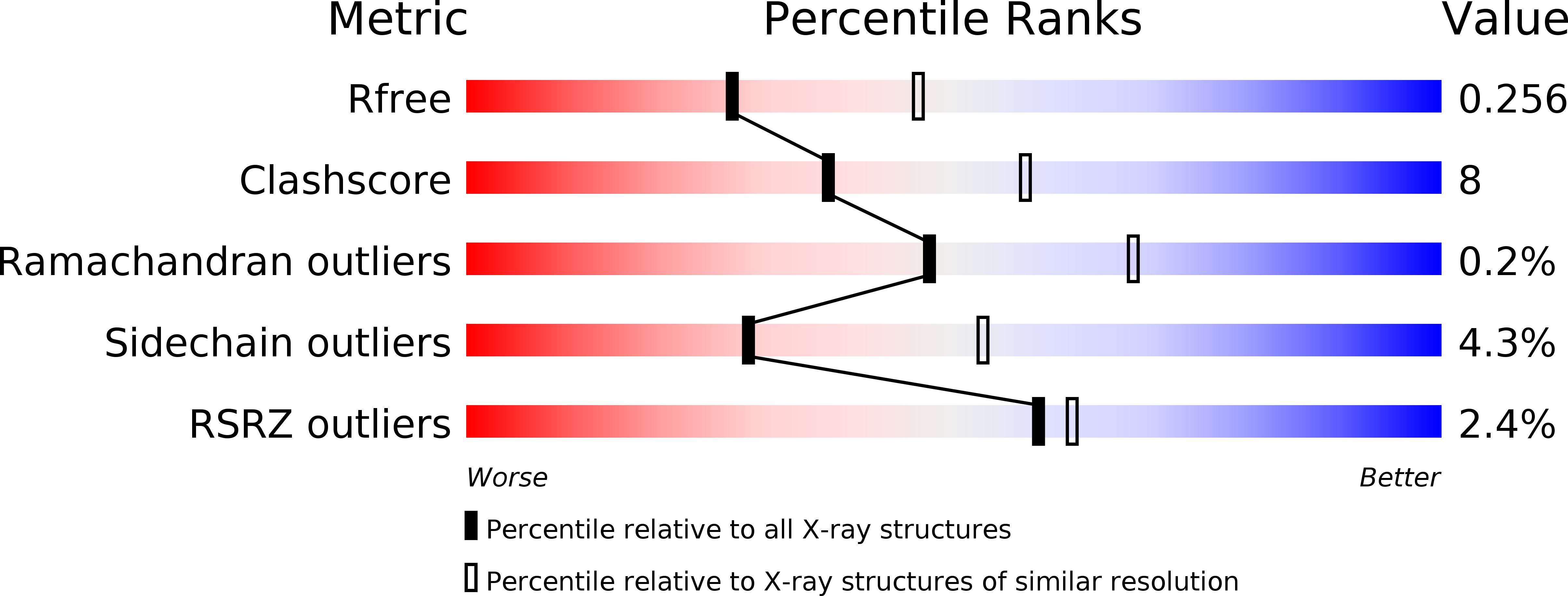
Deposition Date
2003-11-04
Release Date
2004-05-04
Last Version Date
2024-11-20
Entry Detail
PDB ID:
1RCW
Keywords:
Title:
Crystal structure of CT610 from Chlamydia trachomatis
Biological Source:
Source Organism:
Chlamydia trachomatis (Taxon ID: 813)
Host Organism:
Method Details:
Experimental Method:
Resolution:
2.50 Å
R-Value Free:
0.25
R-Value Work:
0.19
R-Value Observed:
0.19
Space Group:
C 2 2 21


